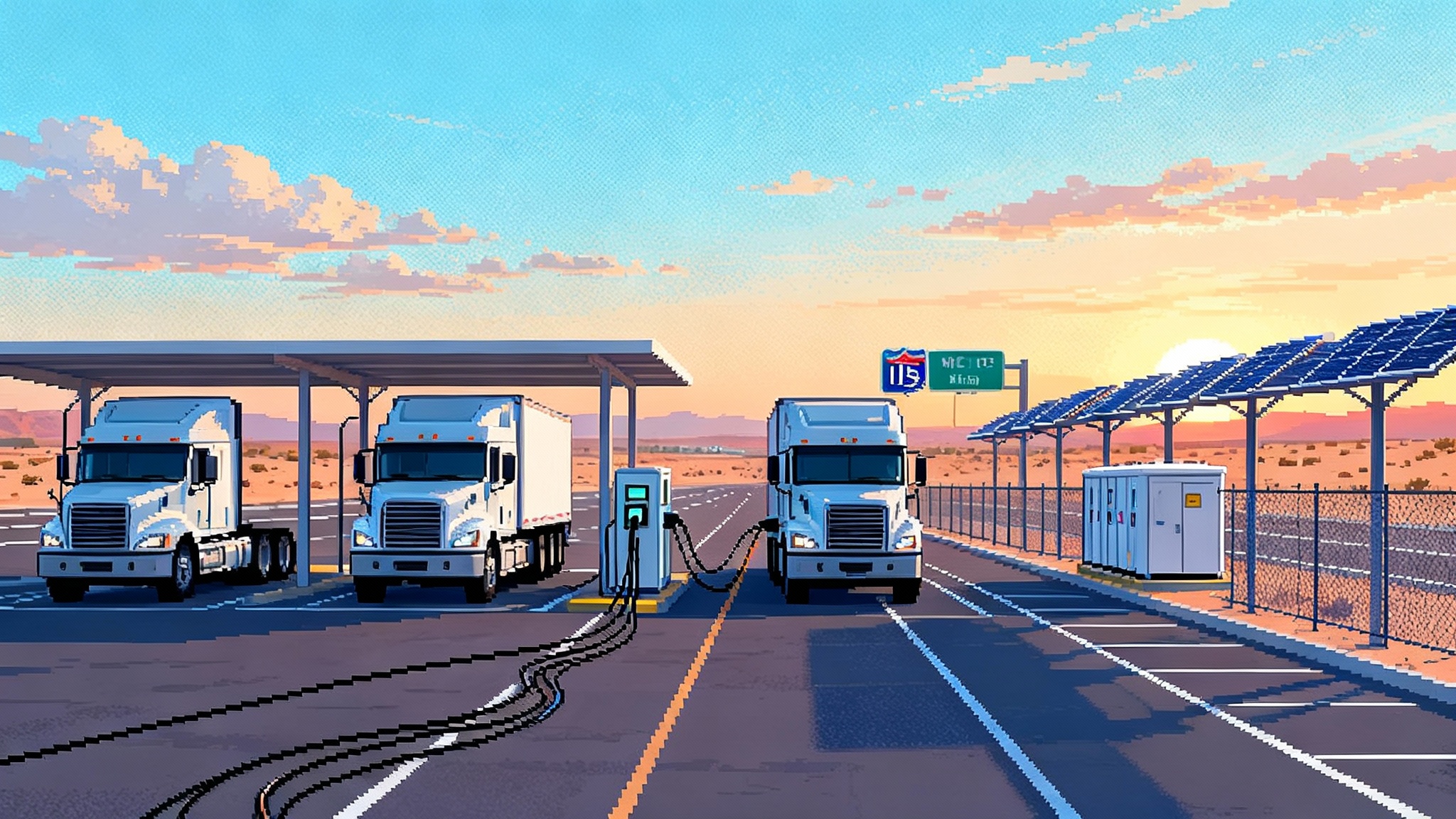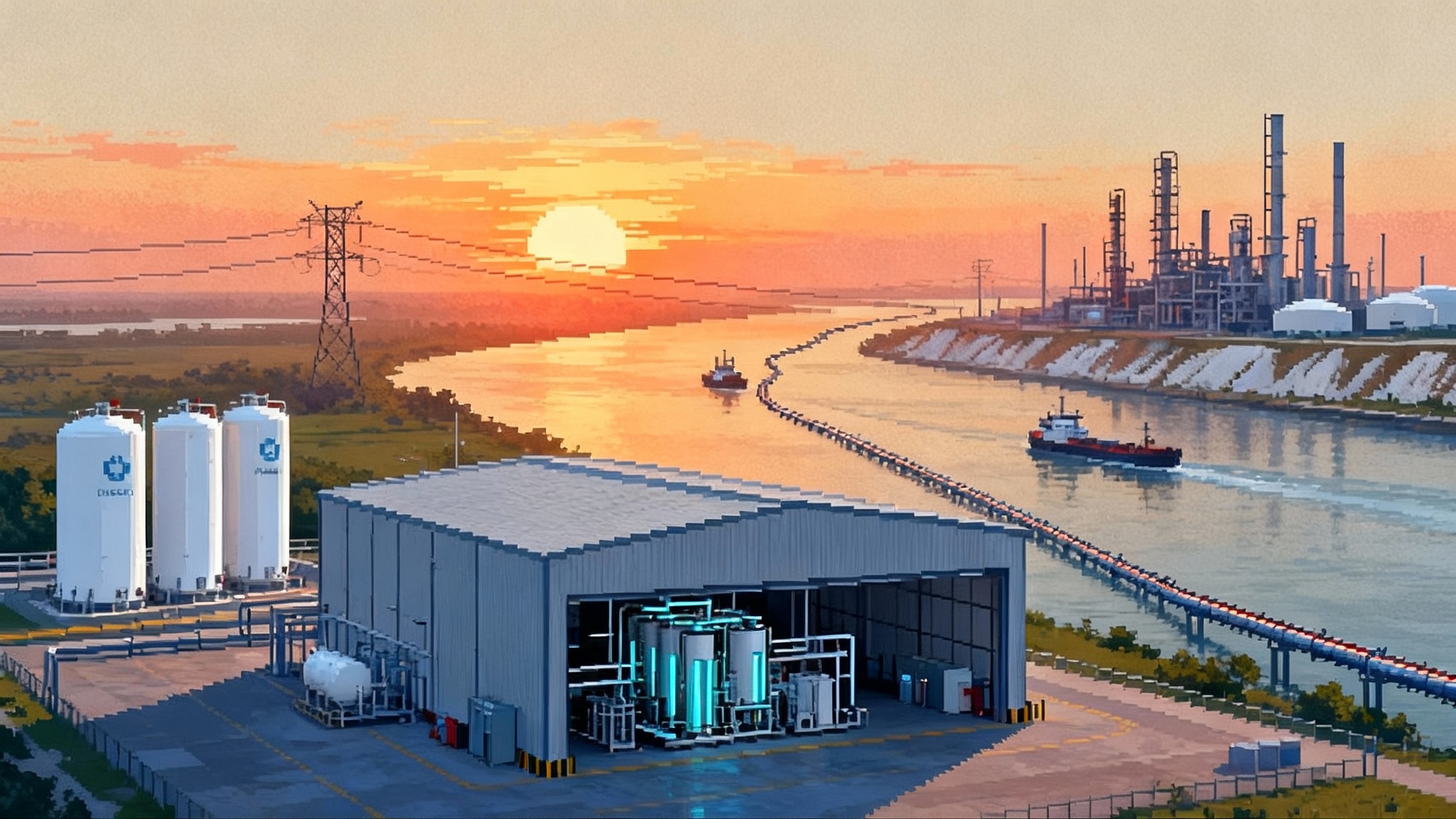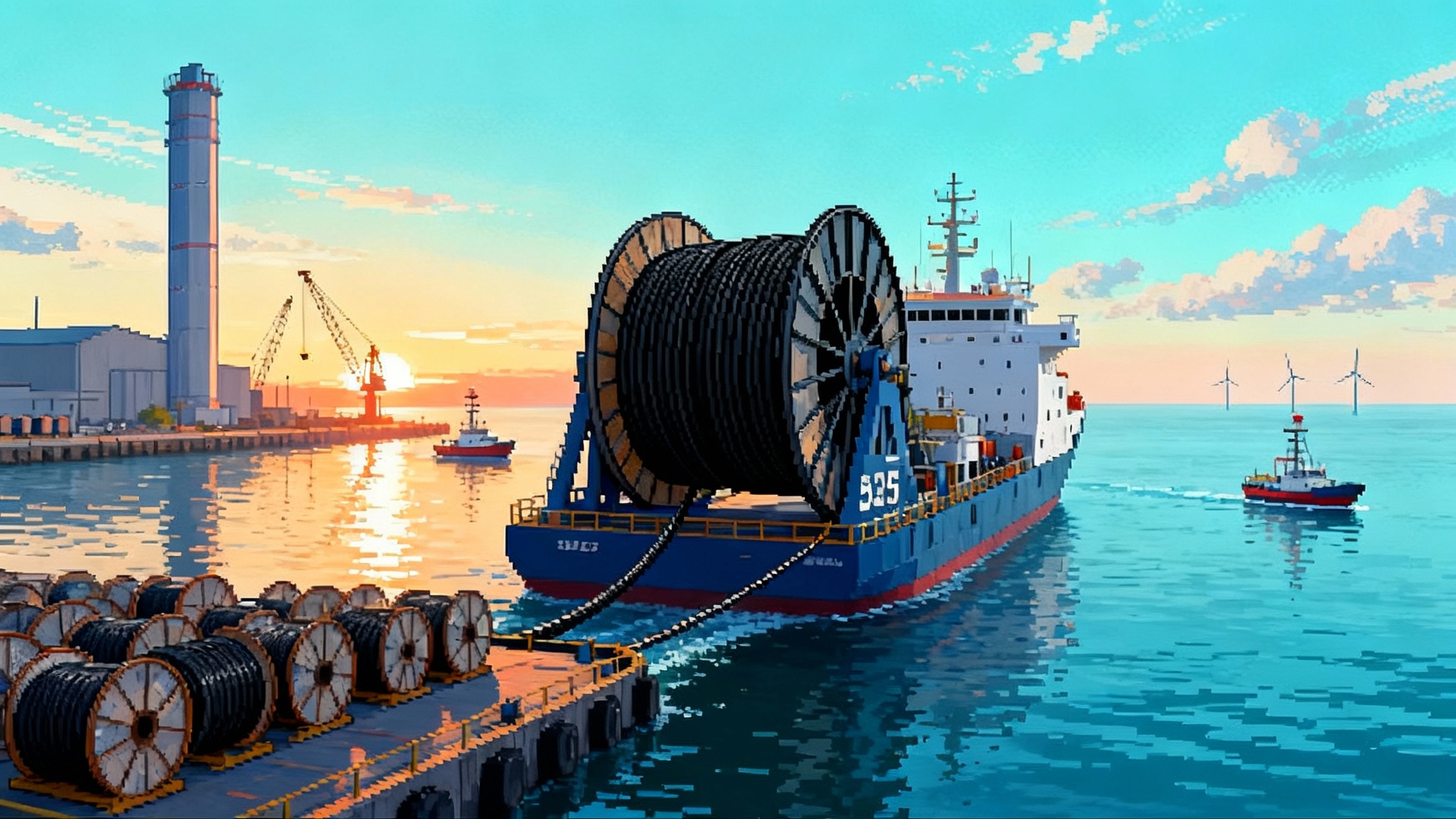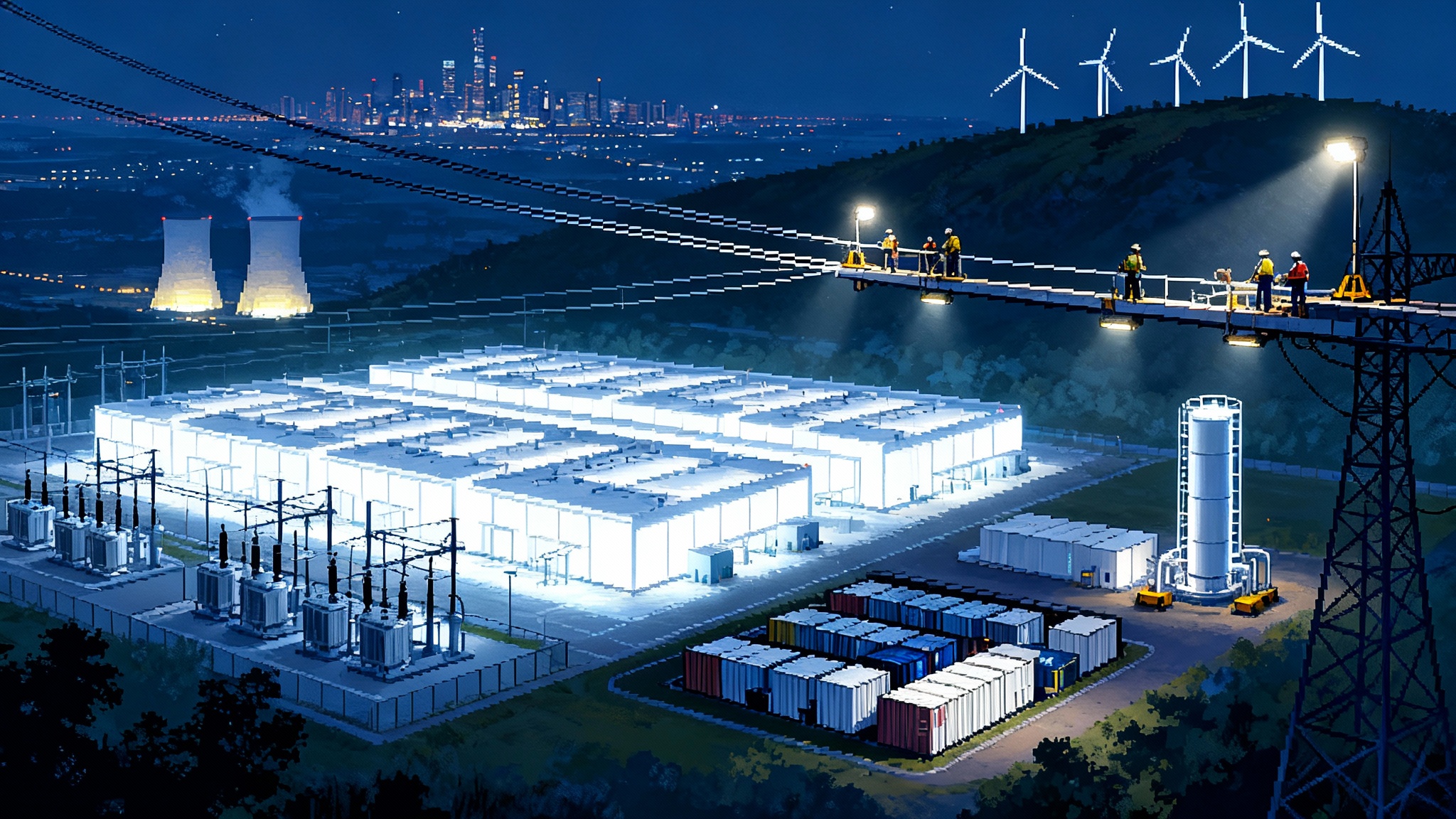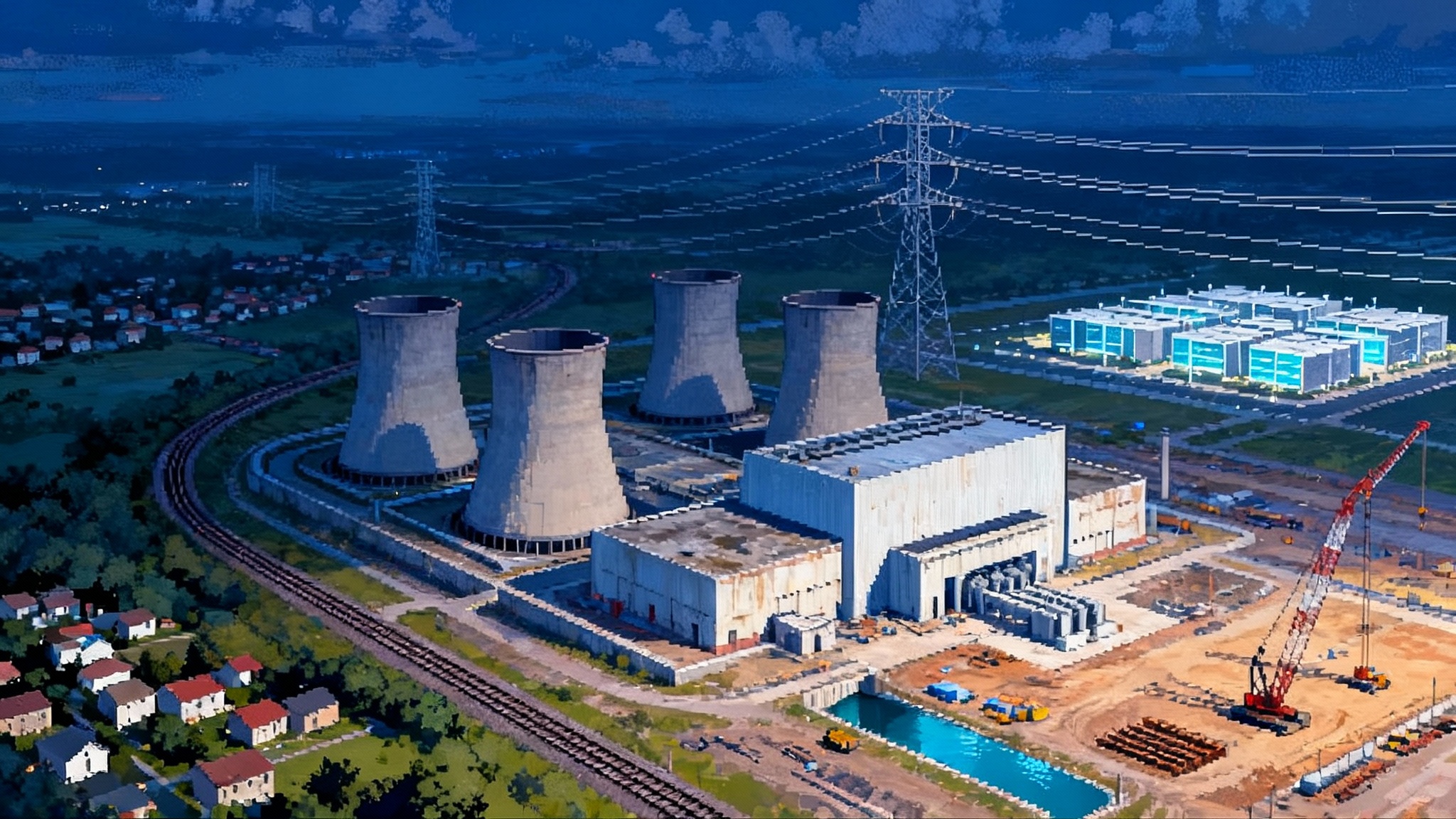Sodium Ion’s U.S. Grid Debut: The 2025 Storage Shake Up Begins
The first grid-scale sodium-ion system shipped to the United States in July 2025, with global mass production signaled for December. Here is a practical playbook to procure, permit, and finance safer, lower-auxiliary battery storage in the 1 to 4 hour class.
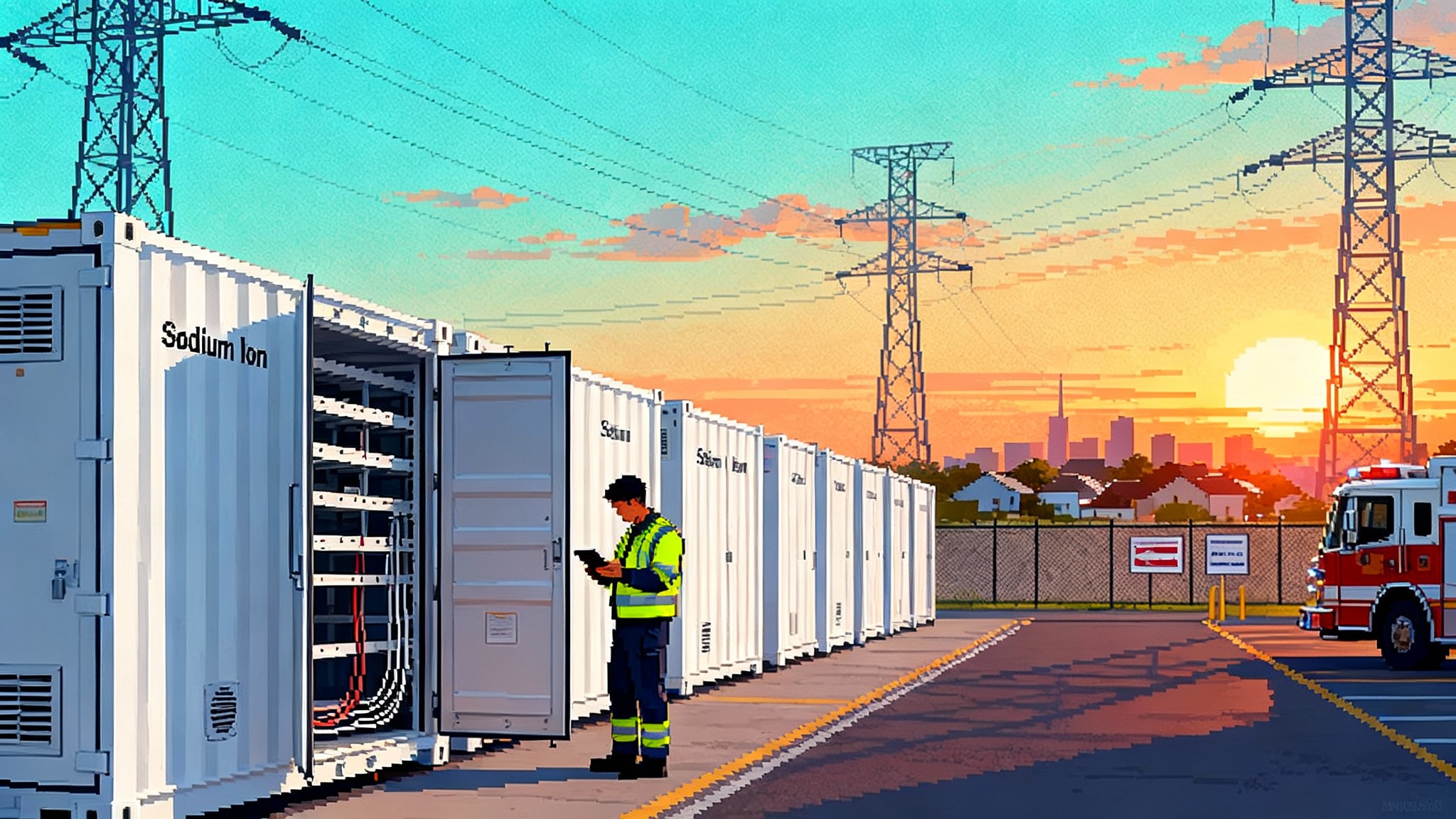
Breaking into the grid, with salt
In late July 2025, a new kind of battery rolled onto U.S. soil as a grid asset: a megawatt-hour scale sodium-ion system. Peak Energy announced the first U.S. grid-scale sodium-ion shipment, featuring a passive cooling architecture that removes most moving parts to cut operating cost and fire risk. The company says the system draws less auxiliary power and simplifies maintenance relative to lithium iron phosphate. These are company claims, but they matter because they change the cost stack utilities use when planning storage.
Why is this a big deal? Sodium-ion trades some energy density for practical advantages. Sodium is abundant, supply chains can be sourced from friendly jurisdictions, and the chemistry tolerates wider temperature ranges. For stationary storage, those attributes map to what grid operators want: predictable safety behavior, repeatable performance through heat waves and cold snaps, and containers that do not operate like small data centers with their own cooling plants.
Think of it this way: lithium-ion containers are like refrigerators that must run continuously to keep food from spoiling. Sodium-ion promises more of a well-insulated icebox. If the insulation is good, you need less active cooling, and fewer fans and pumps means fewer failure points. That cascades into lower auxiliary energy use, simpler maintenance schedules, and potentially higher uptime.
What changes on the ground
Sodium-ion does not rewrite physics. It reorders tradeoffs. Here is the practical picture now that the first system has shipped in the United States:
- Energy density: Lower than mainstream lithium iron phosphate at the cell level, which means slightly larger footprints for the same megawatt-hours. On open land next to a substation, this is usually acceptable. On tight urban parcels, it needs careful layout.
- Thermal behavior: More tolerant of temperature swings. This reduces the need for active cooling in many climates and supports designs with fewer moving parts. That simplifies maintenance and reduces parasitic load.
- Cycle life and efficiency: Vendors present a range. Round-trip efficiency can be competitive with lithium iron phosphate for power-oriented duty cycles, especially when auxiliary loads are included. Compare guarantees on delivered megawatt-hours, not just lab round-trip efficiency.
- Safety case: Sodium-ion has a different failure mechanism profile than nickel manganese cobalt or lithium iron phosphate. Incident propagation risk and gas composition during abuse tests are not identical. Expect an easier path to local permits where lithium-ion pauses are in place, but not a free pass. You still need a rigorous UL 9540A test report, a clean UL 9540 system certification, and site-specific fire modeling.
In short, sodium-ion moves the conversation from whether storage is allowed to how it should be built and operated to fit a community’s risk tolerance.
Bankable today: what developers can underwrite now
You can underwrite specific use cases and structures with sodium-ion in 2025. Here is what is bankable today with creditworthy offtakers and conservative assumptions:
- Use cases: 1 to 4 hour storage for energy shifting and grid services such as frequency regulation and contingency reserve. Longer duration is possible, but most near-term projects will live in the 2 to 4 hour range because construction, interconnection, and revenue models are already standardized.
- Configurations: Containerized systems with integrated battery management, protection, and passive or low-speed active thermal management. Inverter pairings with leading power electronics vendors that already have UL-listed solutions for containerized storage.
- Warranties: Performance warranties based on delivered energy throughput and end-of-warranty remaining capacity, plus auxiliary load budgets. Ensure the warranty explicitly includes auxiliary energy in lifecycle cost modeling. Ask for a guaranteed maximum auxiliary load, not just a typical value. Require minimum availability guarantees with liquidated damages tied to project revenue.
- Safety documentation: Full UL 9540A abuse test report set for the exact cell, module, and rack used. UL 9540 certification for the integrated system, factory test records, and a detection and ventilation plan signed off by a third-party engineer. Even with passive designs, you still need detection, remote isolation, and a purge plan that your Authority Having Jurisdiction will accept.
- Insurance and permitting: Underwriters are increasingly familiar with alternative chemistries. Engage your insurer during design. Provide the UL 9540A data package early so that local fire authorities can review it before public hearings.
- Cost structure: On a total cost of ownership basis, sodium-ion’s pitch is to reduce auxiliary power, planned maintenance, and certain failure modes. Peak Energy has highlighted auxiliary power savings and lower lifetime cost linked to simpler thermal architecture, but verify these claims in your RFP with budgeted auxiliary caps.
If your financier asks what is different, the short answer is that you are swapping some container volume for fewer moving parts and a potentially simpler safety case. The test for bankability is not philosophy. It is whether the engineering, warranty, and interconnection align with standard project finance, including how tech-neutral credits reshape finance.
The 2026 to 2027 supply curve
Supply will not be the bottleneck for long. China’s leading cell makers are scaling sodium-ion quickly. CATL has signaled mass production in December 2025, pointing to real global volume in 2026 and 2027 as pack and system integrators standardize designs.
What this means for U.S. buyers:
- Early 2026: Expect pilot and first-wave commercial deliveries from multiple suppliers focused on 1 to 4 hour systems. Pricing will vary by vendor and by how much containerization is standardized. European and Asian material suppliers are also signaling scale-up, which should ease single-source risk concerns.
- Mid to late 2026: Larger tranches emerge as global lines ramp. Integrators begin offering multi-chemistry product families where sodium-ion and lithium iron phosphate share a common inverter and enclosure platform. That enables co-optimization by site.
- 2027: Second-wave domestic assembly in the United States begins to matter. Even if cells are imported, U.S. pack and container assembly can qualify projects for incentives and simplify logistics. Expect multiple form factors to converge toward a small set of rack and module standards, which helps maintenance and spares planning.
Two caution flags:
- Not all sodium-ion is the same. Some vendors optimize for long cycle life at moderate energy density. Others chase higher energy per kilogram with tighter operating windows. Treat sodium-ion as a family of chemistries and demand the specific cell data sheet and abuse test results.
- Startup risk exists. Some sodium-ion ventures have struggled to secure financing in 2025. Underwrite counterparty strength and structure contracts that protect your project if a supplier fails.
The procurement playbook to move first
Moving early is not about taking reckless risk. It is about asking for the right proof and writing contracts that keep options open. Use this checklist in your next request for proposals.
- Write chemistry-flexible specifications
- State performance in terms of delivered energy, ramp rate, and availability, not lithium-only assumptions.
- Require auxiliaries to be metered separately and included in performance guarantees.
- Ask for both worst-case and typical auxiliary loads across your climate range.
- Demand full safety packages
- Require UL 9540A test reports for cell, module, and rack that match the shipped configuration.
- Require UL 9540 system certification for the integrated enclosure and inverter pairing.
- Include a site-specific plume and explosion modeling study if your site is close to occupied buildings, and require the vendor to provide detection and isolation design that satisfies your Authority Having Jurisdiction.
- Bid apples-to-apples on lifetime cost
- In the pricing sheet, break out auxiliary energy assumptions in kilowatt-hours per megawatt-hour delivered.
- Price planned maintenance by task, parts, and labor, with a cap on annual maintenance escalation.
- Include a delivered energy throughput guarantee with remedies in the form of cash or replacement modules.
- Hedge supplier and technology risk
- Use a two-lot award: award a pilot tranche now and a larger option tranche that can be exercised within 12 to 18 months. Allow the option price to float within a defined index band tied to input materials.
- Include a substitution clause that allows you to swap in a second qualified sodium-ion vendor if the original supplier misses milestones, with pre-agreed test criteria for equivalence.
- Require escrow of critical software and spare parts lists, plus a right to buy additional spares at fixed margins for five years.
- Engineer for interchangeability
- Specify a standard rack voltage window and communication protocol so that future modules can drop into the same power electronics.
- Separate inverter procurement from battery procurement where possible. If your inverter is a known quantity, you can switch battery vendors without redoing interconnection studies.
- Align finance with operations
- Ask your insurer to review the safety case during design, not after permit approval. This often shortens close timelines.
- Build the availability guarantee around the grid services you will actually bid. For example, a 97 percent availability number is not helpful if the system fails during peak price intervals. Define availability by qualifying hours.
- Treat the community as a stakeholder
- If your site is in a jurisdiction with a pause on new lithium-ion storage, bring sodium-ion’s safety case and third-party test results to public meetings. Offer a site tour of an operating system if possible. The shorter the learning curve for officials and neighbors, the faster your permit moves.
A short economic model you can adapt
Here is a simplified example to frame internal decisions. Customize the numbers to your conditions.
- Project: 100 megawatt, 4 hour storage system configured with sodium-ion.
- Revenue stack: energy arbitrage plus ancillary services, with 40 percent of gross margin from frequency regulation and 60 percent from peak price arbitrage.
- Cost stack assumptions: containerized solution with passive or low-speed cooling. Auxiliary power capped at or below 2 percent of energy throughput over the year. Maintenance includes quarterly inspections, annual thermal scans, and replacement of limited wear parts.
- Warranty: 15 year availability and performance warranty with a guaranteed delivered energy throughput and an end-of-warranty capacity floor. Auxiliary energy is guaranteed not to exceed a fixed budget in kilowatt-hours per year.
Model two scenarios:
- Scenario A, lithium iron phosphate baseline: higher lab round-trip efficiency, but higher auxiliary power, active cooling maintenance, and a larger spare parts kit.
- Scenario B, sodium-ion: slightly larger footprint and slightly lower nominal round-trip efficiency, but lower auxiliary energy and fewer planned maintenance tasks.
When you net out auxiliaries and maintenance, Scenario B can land a lower lifetime cost per delivered megawatt-hour even if the nameplate efficiency looks similar. Model real operating conditions, not a lab cycle.
Regulatory and community context
Across parts of the United States, especially in New York, several towns have paused new lithium-ion storage facilities while they update safety codes and run independent reviews. That does not stop the energy transition, but it does alter timelines for projects that banked on quick local approval. Sodium-ion gives those communities an alternative that may address concerns around thermal runaway and complex cooling systems. Do not assume acceptance. Put test data on the table, invite the local fire department into the design process, and show how detection, isolation, and emergency response work on day one.
Regulatory shifts and market drivers elsewhere matter too. Data centers are straining peak demand profiles, as explored in the AI-driven power demand surge. Transmission constraints remain binding, including the America's HVDC cable bottleneck, which raises the value of storage that can be sited quickly near load.
What to watch between now and mid 2027
- Standardization: Expect convergence on a small number of rack formats, safety interfaces, and communication protocols for sodium-ion systems. That will make multi-vendor fleets easier to operate.
- Vendor mix: Large Chinese suppliers will dominate early cell supply. More U.S. and allied assembly capacity should arrive in 2026 and 2027, with cell manufacturing following if supportive policy and bankable offtake contracts remain in place.
- Price signals: Power market volatility and rising peak demand from data centers will reward fast, reliable storage. Lower auxiliary load and simpler maintenance can translate into higher realized revenue because the system is available when price spikes happen.
- Safety codes: As state fire code updates land and insurers publish more guidance for stationary sodium-ion, permitting should become more predictable. The right UL 9540A data package will be your ticket to a smoother hearing.
A first-mover roadmap
Use this checklist if you want to move before the herd:
- Run a 6 to 12 month pilot with contractual options for a larger buildout. Design the pilot with the same communication protocol and inverter platform you plan to scale.
- Pre-clear your safety package with the Authority Having Jurisdiction and your insurer. Agree in writing on detection and isolation thresholds suitable for sodium-ion.
- Write an availability guarantee that measures success by qualifying hours for your actual market participation.
- Procure two sets of spares on day one: one for common wear items and one for any custom interconnects. Standardize spares across sites.
- Include a substitution clause and a second qualified vendor to protect against supplier failure.
- Price the project on delivered energy per year, not just equipment cost. Include auxiliary power budgets and maintenance in your levelized cost of storage.
The bottom line
Sodium-ion is no longer a science project. With the first U.S. grid-scale shipment in July 2025 and mass production timelines set for December, the technology has crossed the credibility threshold for 1 to 4 hour grid storage. The advantages are specific: fewer moving parts, simpler thermal design, and a safety case that can ease community concerns when presented with full test data. For developers and utilities that build procurement around delivered energy, availability at the right hours, and clear safety documentation, sodium-ion offers a near-term path to cheaper and calmer storage plants.
The opportunity now is to design projects and contracts that treat sodium-ion as a practical tool. Choose where the chemistry fits, engineer for interchangeability, and lock in options that let you scale as supply ramps across 2026 and 2027. The winners will not be the first to claim sodium-ion. They will be the first to buy it well, operate it simply, and prove it earns more than it costs.

